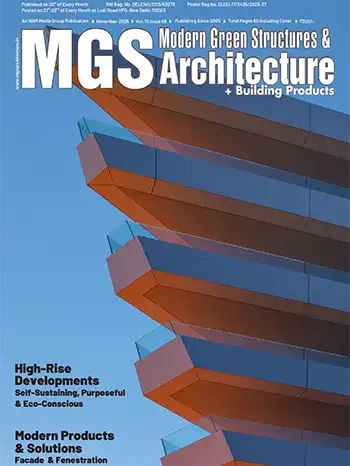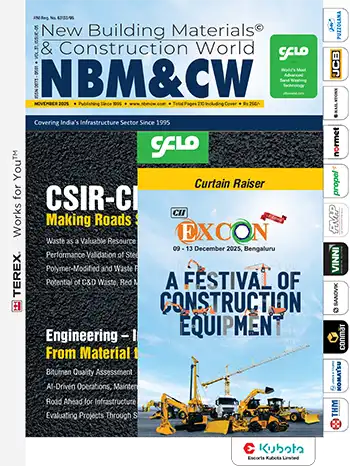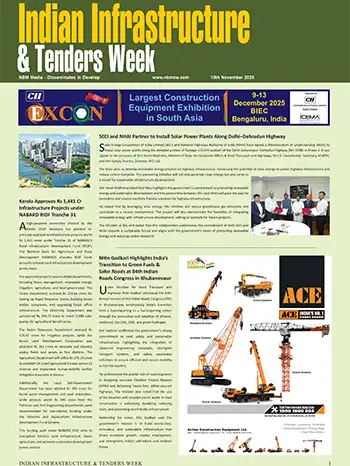Implementing sustainable design principles significantly lowers environmental impact while promoting a circular economy in the construction industry.
Anuj Sharma & Purva Saksena - Principal Architect & Designer, 656a Studio
Building design plays a crucial role in reducing material waste and optimizing resource efficiency. By incorporating modular construction techniques, buildings can be designed with prefabricated components that allow for easy assembly, disassembly, and reuse. This modular approach not only minimizes on-site waste but also enhances construction efficiency.
Selecting durable and high-quality materials extends the building’s lifespan, reducing the need for frequent replacements and minimizing waste over time. Designs that accommodate future adaptability enable structures to be repurposed rather than demolished. Plus integration of disassembly-friendly designs ensure that materials can be easily retrieved and repurposed at the end of a building’s lifecycle. Material banks are also a valuable tool in this regard, allowing for systematic storage, cataloging and reuse of materials. These banks facilitate efficient inventory management, reducing unnecessary consumption and ensuring that surplus materials find purpose in new projects.
Digital tools such as BIM play a crucial role in optimizing material usage. By generating precise virtual models, BIM helps prevent over-ordering and ensures efficient allocation of resources. 3D concrete printing and contour crafting significantly reduce material waste by precisely depositing only the required amount of material. These advanced fabrication techniques eliminate excess formwork and allow for the creation of highly efficient structures with minimal resource consumption.

Use of recycled materials such as eco-blocks, carbon-negative aggregates, and reclaimed wood reduce the environmental footprint of projects while maintaining structural integrity and aesthetic appeal.
One of our most notable projects was a large-scale renovation, in which we followed adaptive reuse principles, which allowed us to honor the building’s history while significantly minimizing waste and environmental impact. Through meticulous deconstruction, salvageable materials such as wooden doors, windows, and flooring were carefully extracted and then transformed with innovative designs, integrating them into the new space while retaining their original charm and craftsmanship. This practice not only preserved the building’s heritage but also reduced the demand for new resources.
In new construction projects, we also emphasize sourcing materials from salvage stores and junkyards. This approach enables us to incorporate unique design elements while minimizing landfill waste. Moreover, we actively explore sustainable alternatives such as reclaimed bricks, upcycled metal structures, and biodegradable insulation materials.
















